15 Companion Plants for Onions (With Pictures)
-
Pete Ortiz
- Last updated:
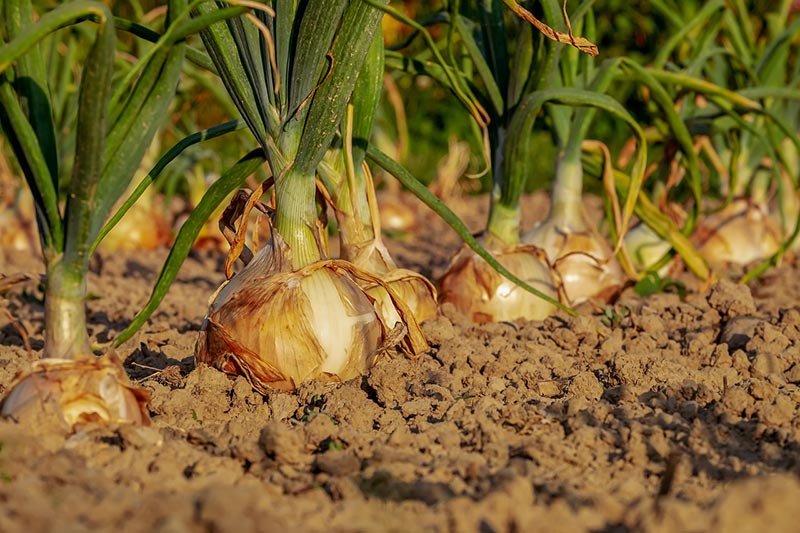
There’s quite a bit that you need to know when gardening, and this means that there are many things that you can accidentally do wrong. One tricky area is picking out companion plants.
When you do it right, you can increase the yield and flavors of your crops, but if you do it wrong, you can stunt the growth of the plants in your garden.
If you have onions, there are 15 different companion crops that do great paired with them. To help you with any potential missteps, we also highlighted five different crops that you should keep far away from your onions.
The 15 Companion Plants for Onions
1. Other Onions
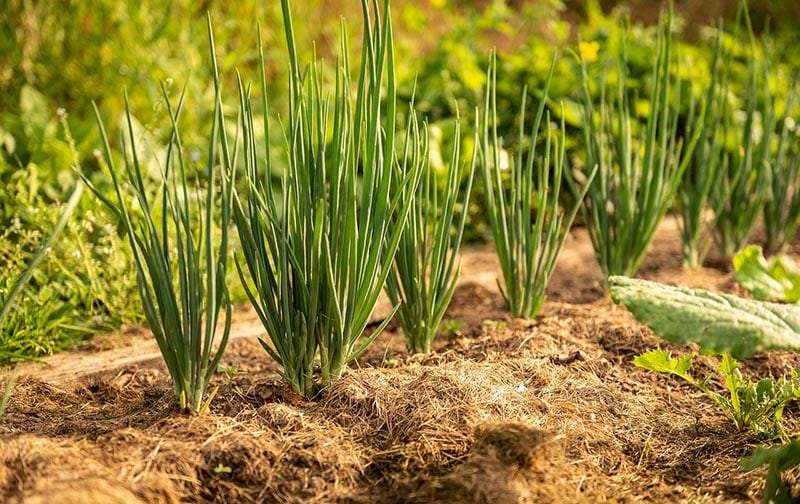
| Benefits: | Easier to rotate crops and similar growing conditions |
| Spacing: | 2 to 3 inches |
| USDA Zone: | 5 to 13 |
This is a controversial inclusion because pests that affect one type of onion will quickly jump to the other types. That’s why we recommend mixing up the types of onion plants in each row. If you plan on planting multiple types, open up multiple spots in the garden and plant both types there. They’ll benefit from each other, and if there is an insect infestation, you’ll only lose one batch, not all of one type.
2. Beets

| Benefits: | Aphid, flea beetle, and rabbit protection |
| Spacing: | 12 to 18 inches |
| USDA Zone: | 2 to 11 |
While you may be looking for a companion plant for onions, it’s really the onions that provide all the benefits for the beets. Onions naturally deter aphids, flea beetles, and small mammals like rabbits. These are common pests for beets, so planting them near onions gives you an extra layer of protection.
3. Broccoli
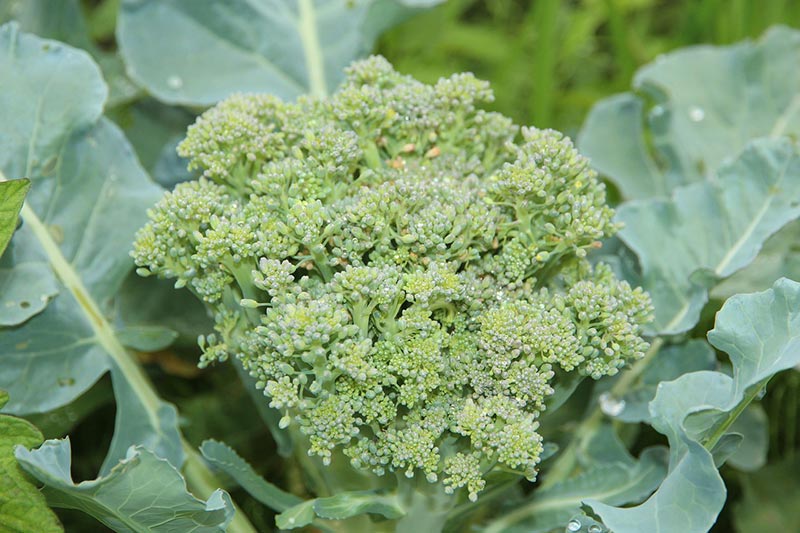
| Benefits: | Cabbage loopers, cabbage worms, flea beetles, and cabbage maggot protection |
| Spacing: | 18 inches |
| USDA Zone: | 2 to 11 |
Once again, this is a case where the onion provides all the benefits for the companion plant. Common pests that attack broccoli are cabbage loopers and cabbage worms, and onions help ward off both of them.
Onions do great around other plants that have to deal with the same pests, including cabbage, cauliflower, and Brussels sprouts.
4. Carrots

| Benefits: | Onion and carrot fly repellent |
| Spacing: | 1 inch |
| USDA Zone: | 3 to 10 |
Onion flies don’t like carrots and carrot flies don’t like onions. This makes the two plants great companions, as they both benefit. Another perk with carrots is that they don’t require much spacing.
They also grow in a similar way to onions, so it just makes sense to plant them close together! If you could only pick one companion plant for onions, carrots might be the way to go.
5. Kale
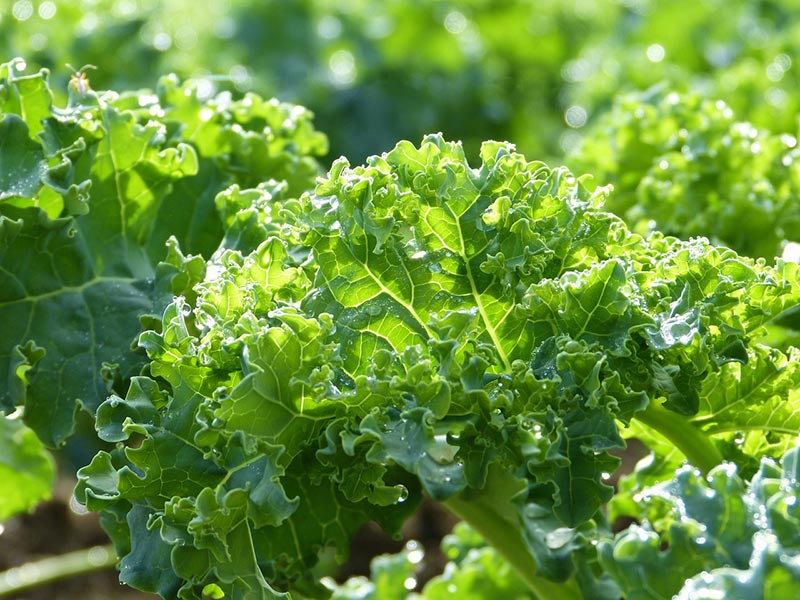
| Benefits: | Cabbage loopers, cabbage worms, flea beetles, and cabbage maggot protection |
| Spacing: | 18 to 24 inches |
| USDA Zone: | 7 to 9 |
Kale has many of the same pests as broccoli, so it benefits from the same protection that broccoli gets when you plant it near onions. However, keep in mind that it takes two seasons for kale to grow, so you’ll have a limited growing range.
In fact, you can only grow kale in USDA zones 7 to 9, and if you get a harsh winter, the plants might not make it.
6. Lettuce
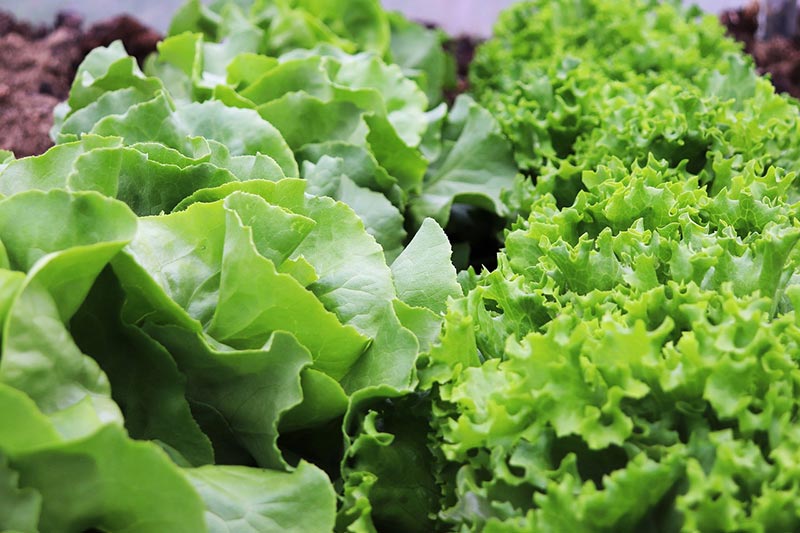
| Benefits: | Cabbage loopers, cabbage worms, flea beetles, and cabbage maggot protection |
| Spacing: | 6 to 18 inches |
| USDA Zone: | 2 to 11 |
There are a few reasons that lettuce makes a great companion plant for onions. For starters, onions help repel pests that would typically feed on lettuce.
But that’s only one of the benefits. Another is that lettuce has a shallow root system and grows more on the surface. Onions grow the other way, and this enables you to make effective use of the space in your garden.
7. Melons

| Benefits: | Aphid, flea beetle, and rabbit protection |
| Spacing: | 36 to 42 inches |
| USDA Zone: | 2 to 11 |
Onions help deter a wide range of pests, and melons look tasty to plenty of insects and bugs. Planting a few onions near your melons will help keep those insects away and your plants healthy.
Whether you’re looking at honeydews, watermelons, cantaloupes, or other types of melon, planting a few onions nearby can provide all sorts of benefits.
8. Parsnips
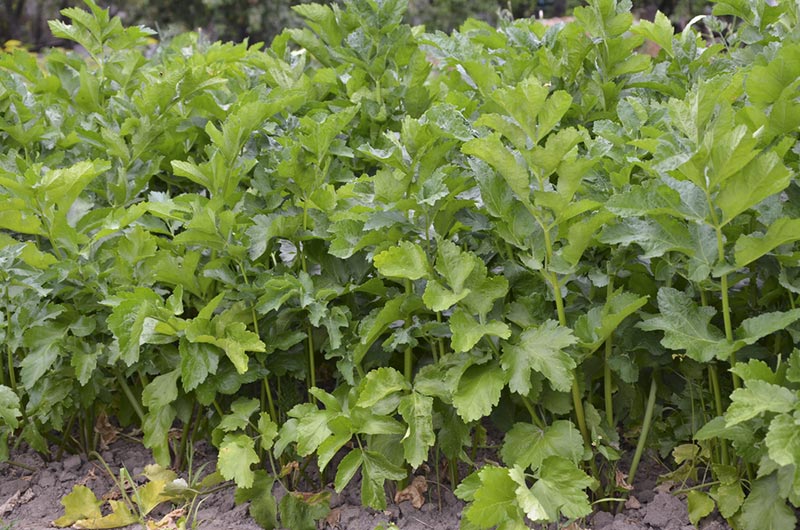
| Benefits: | Onion and carrot fly repellent |
| Spacing: | 18 to 24 inches |
| USDA Zone: | 2 to 9 |
Parsnips are root vegetables that are extremely similar to carrots, and as such, they provide many of the same benefits. The parsnips will help keep onion flies away from the onions, and the onions will help keep carrot flies away from the parsnips.
Just keep in mind that parsnips require more space than carrots and have a smaller USDA zone for growing, so they’re not always the perfect choice depending on where you live and how much space you have in your garden.
9. Chamomile

| Benefits: | Boosts growth and flavor of onions |
| Spacing: | 8 inches |
| USDA Zone: | 3 to 9 |
Sometimes the perfect companion plant for onions is something that will help the onions themselves. That’s exactly what you get with chamomile. Chamomile plants are easy to grow and don’t require much space. The closer that you can get them to the onions, the more that they’ll boost their growth and enhance their flavor.
10. Tomatoes
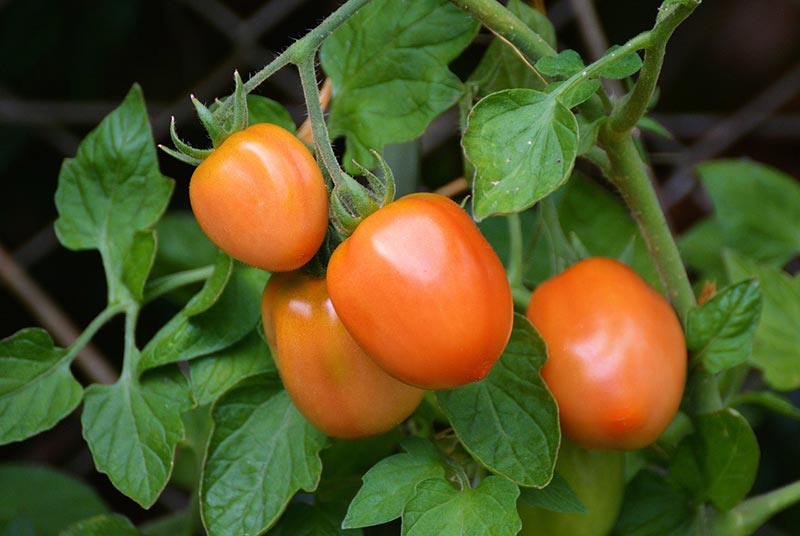
| Benefits: | Aphid, cutworm, flea beetle, tomato fruit worm, and leaf-footed bug nymph protection |
| Spacing: | 24 inches |
| USDA Zone: | 2 to 11 |
Tomato plants are common for at-home gardeners to grow, and onions can do a great job of protecting them from various insects. It all comes down to the scent of the onions masking the scent of the other plants in your garden.
It’s not a foolproof method, but it helps and can be the difference between bugs finding your prized tomato plants and having a season without any problems.
11. Peppers
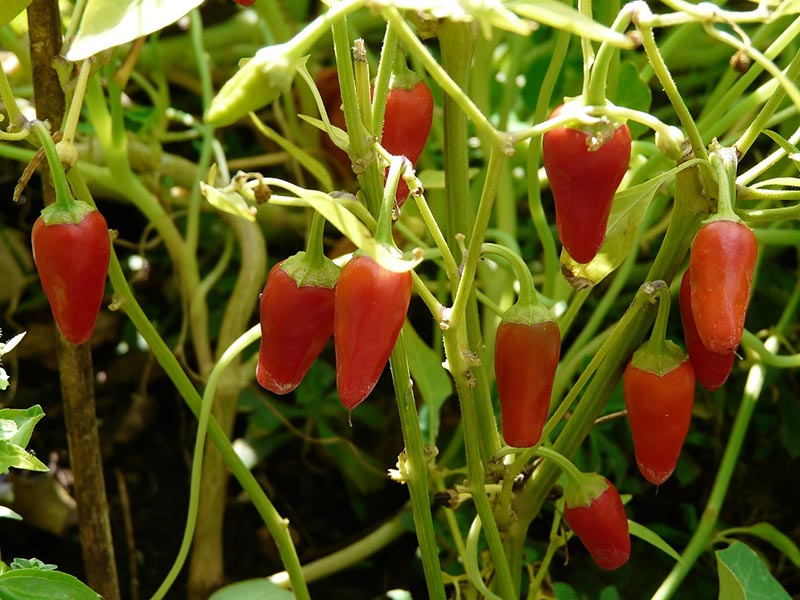
| Benefits: | Aphid, flea beetle, and rabbit protection |
| Spacing: | 18 inches |
| USDA Zone: | 3 to 11 |
There are many different pepper varieties out there, and from hot peppers to bell peppers, they’re all delicious. But aphids, flea beetles, and even small mammals like rabbits also love to chow down on peppers.
Onions help mask the scent of these plants, which helps keep those pests away from your peppers. It’s a great perk that can increase your yield.
12. Strawberries

| Benefits: | Aphid protection |
| Spacing: | 12 to 18 inches |
| USDA Zone: | 5 to 10 |
The number-one destroyer of strawberry plants is aphids, and this is where onions can provide protection. You don’t need to worry about the onion taste seeping into your strawberries.
You’ll soon have far more strawberries because you won’t have all those aphids tracking them down and eating all the leaves!
13. Potatoes
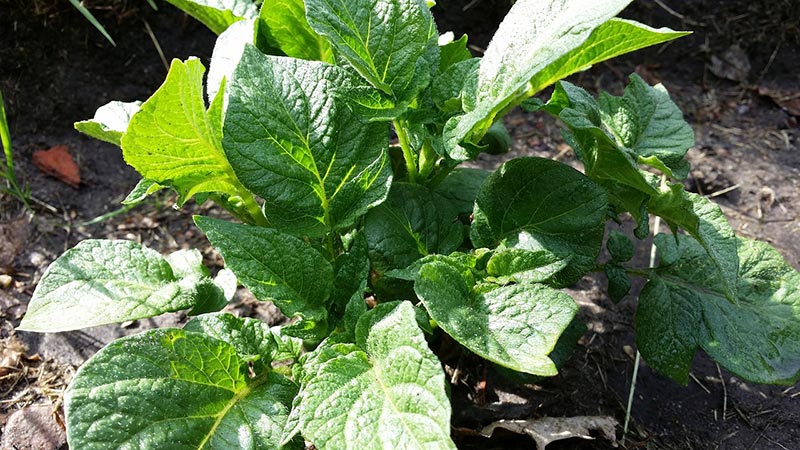
| Benefits: | Pest control for both potatoes and onions |
| Spacing: | 24 to 36 inches |
| USDA Zone: | 3 to 10 |
Potatoes are a root vegetable that you can plant near onions. They help deter a few of the common onion pests, like onion flies, and the onions help deter many common pests for potatoes.
Just keep in mind that compared to other root vegetables, potatoes take up quite a bit of space, so you might not be able to plant them as close as you want.
14. Dill
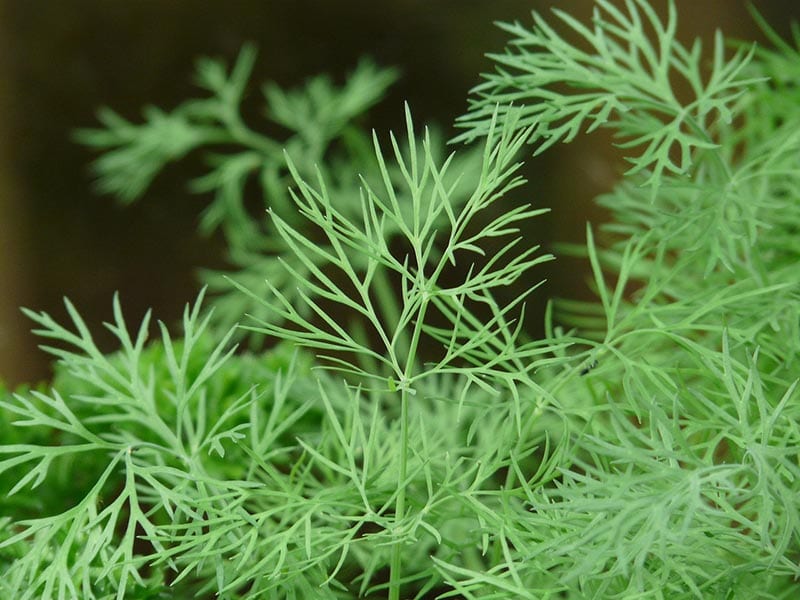
| Benefits: | Boosts growth and flavor of onions |
| Spacing: | 12 inches |
| USDA Zone: | 2 to 11 |
Dill is an herb that can boost the production and flavor of the onions in your garden. It’s easy to grow and doesn’t take up much space, so it’s a great companion plant for onions.
As an added benefit, you get your own fresh dill any time that you need it, so it’s a real win-win!
15. Mint

| Benefits: | Onion fly protection |
| Spacing: | 18 to 24 inches |
| USDA Zone: | 3 to 8 |
While there are plenty of plants out that onions help protect, one that helps protect onions is mint. It produces a strong scent that can help deter onion flies, which means a healthier and better crop.
Just keep in mind that mint does quickly and easily spread, so you’ll need to stay on top of it if you’re planting it near onions.
Worst Companion Plants for Onions
While it’s a great idea to know about the best companion plants for onions, you also need to know what plants to avoid. Otherwise, you might have a greatly diminished yield and not even realize why!
Here are five different plants that you should keep far away from your onions.
Peas
This one might be surprising to some gardeners, but the problem with planting peas and onions together is that they stunt each other’s growth. They’ll both still grow, but you’ll get far smaller yields than if you don’t plant them together.
Asparagus
Asparagus takes quite a while to grow, and you have to leave it in the same spot year after year. If you decide to plant onions near them, you can actually throw off the flavor of the asparagus. So, find somewhere else to plant either your asparagus or onions.

Beans
Beans and onions pull the same nutrients from the soil, so if you plant them close together, you’ll likely experience diminished yields for both plants. They’ll likely both grow, but you won’t get the results that you want.
Sage
While many herbs complement onions well, sage isn’t one of them. It stunts the growth of onions, so find somewhere else in your garden to plant either one if you want both.
Turnips
While most root vegetables do great near onions, one that you should probably avoid is turnips. They’ll both grow fine together, but the onions will likely affect the taste of the turnips.
Conclusion
Now that you know which plants go great with onions and which ones to avoid, it’s time for you to start planning out your garden. A bit of time, research, and preparation goes a long way in gardening and can help you have your best year yet. Pick a few of your favorite companion plants for onions and go from there!
- See also: 8 Types of Turmips- An Overview
Featured Image Credit: Couleur, Pixabay
Contents


